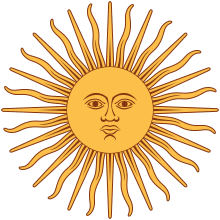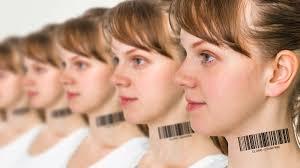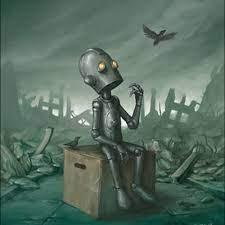
We first meet the narrator of Ishiguru’s 2021 novel, Klara and the Sun, on display in a store window. She’s an “AF” — Artificial Friend. A robot.
The artificial intelligence of a ChatGPT or the like works by putting one word after another — without actually understanding them. Best we can tell, it isn’t actually thinking, or possessing a consciousness, a self. But Klara clearly does. She’s a person.
A very intelligent, observant, perceptive one. Early in the novel there’s some weird business about people being divided into boxes. Then you realize that’s one way Klara’s vision works differently from ours.

There’s a lot of such description, of how she sees things. And for all her keen perceptiveness, it becomes evident that our own sensory systems are so much more sophisticated, enabling us to seamlessly integrate a picture of the world, whereas Klara often must work to put the pieces of a puzzle together.
Klara is purchased from the store by Chrissy, chosen by her daughter Josie, a young teenager, with a life-threatening illness. Josie’s sister had previously died.

Klara is solar-powered, and regards the Sun as a god, sort of, a conscious actor, with quasi-magical powers. Part of the plot entails her making a bargain with the Sun, for him to cure Josie. It seems quite childish, downright silly, given her brainpower. Yet how different is this, really, from human religion?
Robots like Klara are apparently also displacing humans from a lot of jobs, but the sociological upheaval is only vaguely hinted at. Humans are countering with some kind of genetic enhancement for certain youngsters. But apparently it’s a risky procedure — the cause of Josie’s ill health.
Her mother is having a portrait of Josie done by a man named Capaldi, requiring repeated visits to his studio. It seemed baffling why this was such a big deal. Until Klara is shown the work-in-progress, and realizes it’s an AF. A replacement Josie.
But that’s not the only penny to drop. Turns out Klara herself is to be part of the scheme. She’s been groomed to internalize everything about Josie, so she can, when needed, be switched into Capaldi’s AF — to become the new Josie.

In our real world, a spate of previous speculation about human cloning seems to have dissipated. Replacing a person that way, raised from infancy and all, would be pretty impractical. But this novel suggests what might seem a better way.
So now the question: what does it mean to be Josie, really? There is talk of the human heart. But Capaldi insists that there’s ultimately nothing within Josie that’s actually “special,” that can’t be replicated. And Chrissy tries to assure Klara that when (if) the time comes, she will be loved just as Josie is loved. Yet Chrissy herself harbors doubts this can really work.
Indeed, something like it had been attempted, unsuccessfully, with her other daughter; but that Capaldi dismisses as a mere “bereavement doll.” The Josie replacement, he says, will embody great progress in the state of the art.
However, it’s not put to the test, because, boom, Josie recovers and goes off to college. I was disappointed at this authorial cop-out, failing to follow through with a real exploration of how Klara’s being a “continuation” of Josie might have played out. Exploring that key question of what it really means to be Josie.

So the denouement is very unsatisfying; but also quite disturbing in its way. Capaldi returns, seeking to “reverse engineer” Klara to demystify how she works, but Chrissy refuses, saying Klara should instead be allowed her “slow fade.” She’s already been pretty much consigned, even before Josie’s departure, to a marginal existence in a utility closet. Then later to her “special spot” in what sounds like a junkyard. Left alone with nothing but her quite vivid memories. This she accepts with equanimity.
So is Klara really a person, after all? Well, not exactly like you or me. But maybe that’s not the only way to be a person.
